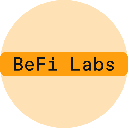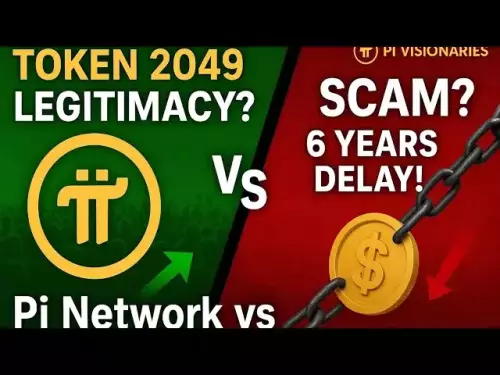-
 bitcoin
bitcoin $114779.865156 USD
2.30% -
 ethereum
ethereum $4226.519789 USD
2.39% -
 tether
tether $1.000545 USD
0.04% -
 xrp
xrp $2.890223 USD
0.92% -
 bnb
bnb $1030.029301 USD
2.95% -
 solana
solana $212.824944 USD
1.69% -
 usd-coin
usd-coin $0.999757 USD
0.01% -
 dogecoin
dogecoin $0.234961 USD
-0.27% -
 tron
tron $0.337174 USD
0.42% -
 cardano
cardano $0.804783 USD
0.09% -
 hyperliquid
hyperliquid $45.748770 USD
-2.85% -
 chainlink
chainlink $21.699170 USD
0.82% -
 ethena-usde
ethena-usde $1.001452 USD
0.08% -
 avalanche
avalanche $30.237800 USD
1.14% -
 stellar
stellar $0.372604 USD
1.52%
How to find the contract address for a token on KuCoin?
Always verify a token’s contract address on KuCoin by checking the “Info” section or using a block explorer, and confirm it matches official project sources to avoid scams.
Sep 30, 2025 at 09:00 pm

Finding the Contract Address on KuCoin
1. Log into your KuCoin account through the official website or mobile application. Navigate to the 'Markets' section, where all tradable tokens are listed. Use the search bar to locate the specific token you're interested in. Once found, click on the token’s name to open its detailed trading page.
2. On the token's overview page, look for a section labeled “Info” or “Details.” This area typically includes fundamental data such as price, market cap, total supply, and blockchain network. The contract address is usually displayed under this section, often accompanied by a copy icon for convenience.
3. If the contract address isn’t immediately visible, check for an expandable menu or a link that says “View on Blockchain” or “Contract.” Clicking this will redirect you to a block explorer like Etherscan or BscScan, depending on the network. There, the token’s smart contract address is clearly shown at the top of the page.
4. Always verify the authenticity of the address. Cross-reference it with official project websites or trusted community channels such as Telegram or Twitter. Scammers often create fake tokens with similar names but different contract addresses.
5. Save the copied address securely. Avoid storing it in unencrypted files or sharing it over unsecured platforms. When using the address for transactions, double-check every character to prevent irreversible fund loss.
Understanding Token Contract Addresses
1. A contract address is a unique identifier assigned to a smart contract on a blockchain. For tokens built on networks like Ethereum, Binance Smart Chain, or Polygon, this address enables interaction with the token’s code, including transfers and balance checks.
2. Unlike wallet addresses controlled by private keys, contract addresses are generated during deployment and cannot be altered. They serve as the foundation for verifying token legitimacy and tracking on-chain activity.
3. Each token operates under predefined rules encoded in its smart contract. These include functions like transfer, approve, and totalSupply, which govern how users interact with the asset across wallets and decentralized applications.
4. The contract address must match exactly when adding a custom token to a wallet like MetaMask or Trust Wallet. Even a single incorrect character can result in permanent loss of funds.
5. Public block explorers allow anyone to inspect contract details, including source code (if verified), transaction history, and holder distribution. This transparency supports trustless verification in decentralized ecosystems.
Verifying Authenticity Across Platforms
1. Visit the official website of the token project. Legitimate teams prominently display their contract address on the homepage, whitepaper, or FAQ section. Compare this with the one shown on KuCoin.
2. Join the project’s official social media groups. Administrators often pin messages containing verified contract information. Discord and Telegram are common platforms where developers communicate directly with users.
3. Search the contract address on a block explorer. Verified contracts show a green checkmark and published source code. Unverified ones may indicate potential risks, especially if no documentation is available.
4. Use tools like TokenSniffer or RugDoc to analyze the contract for red flags such as mint functions, blacklisted addresses, or hidden fees that could compromise investor safety.
5. Be cautious of third-party websites listing contract addresses. Only rely on sources confirmed by the project’s core team. Misleading directories have been used to promote scam tokens mimicking popular projects.
Common Questions About Token Contract Addresses
What is a token contract address?A token contract address is a unique blockchain identifier where the smart contract governing a specific cryptocurrency token resides. It allows wallets, exchanges, and dApps to interact with the token according to its programmed rules.
Can a token have multiple contract addresses?Yes, some tokens exist on multiple blockchains through bridging or multi-chain deployments. For example, a token might have one contract on Ethereum and another on BSC. Each network requires its own address when adding the token manually.
Why doesn't my wallet recognize the token after entering the contract address?This can occur if the contract address is incorrect, the network settings don’t match (e.g., adding an ERC-20 token on a BSC network), or the token lacks required parameters like decimals and symbol. Double-check all fields and ensure correct network configuration.
Is it safe to share a contract address publicly?Yes, contract addresses are designed to be public. They do not expose private keys or sensitive data. However, never share private keys, seed phrases, or sign transactions from unknown sources, even if they claim to require the contract address.
Disclaimer:info@kdj.com
The information provided is not trading advice. kdj.com does not assume any responsibility for any investments made based on the information provided in this article. Cryptocurrencies are highly volatile and it is highly recommended that you invest with caution after thorough research!
If you believe that the content used on this website infringes your copyright, please contact us immediately (info@kdj.com) and we will delete it promptly.
- BlockDAG, DOGE, HYPE Sponsorship: Crypto Trends Shaping 2025
- 2025-10-01 00:25:13
- Deutsche Börse and Circle: A StableCoin Adoption Powerhouse in Europe
- 2025-10-01 00:25:13
- BlockDAG's Presale Buzz: Is It the Crypto to Watch in October 2025?
- 2025-10-01 00:30:13
- Bitcoin, Crypto, and IQ: When Genius Meets Digital Gold?
- 2025-10-01 00:30:13
- Stablecoins, American Innovation, and Wallet Tokens: The Next Frontier
- 2025-10-01 00:35:12
- NBU, Coins, and Crypto in Ukraine: A New Yorker's Take
- 2025-10-01 00:45:14
Related knowledge

How to find the contract address for a token on KuCoin?
Sep 30,2025 at 09:00pm
Finding the Contract Address on KuCoin1. Log into your KuCoin account through the official website or mobile application. Navigate to the 'Markets' se...
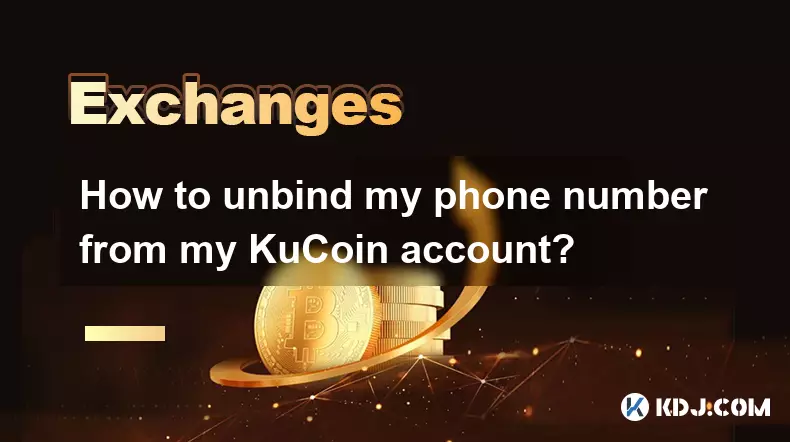
How to unbind my phone number from my KuCoin account?
Oct 01,2025 at 05:00am
Understanding the Importance of Phone Number Security on KuCoin1. Maintaining control over your KuCoin account involves managing all associated contac...
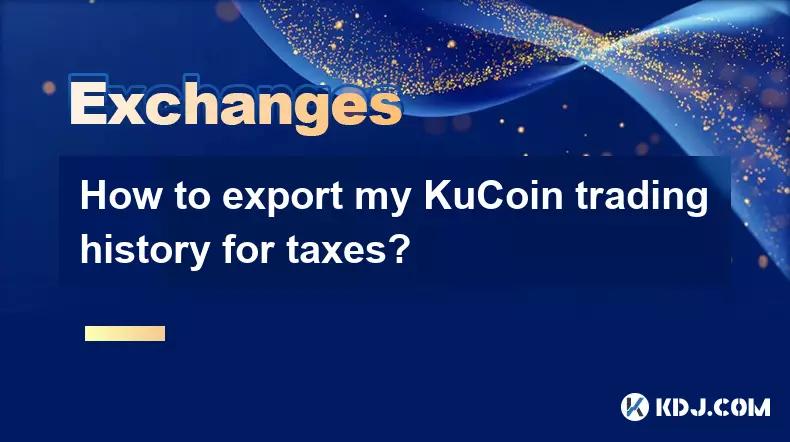
How to export my KuCoin trading history for taxes?
Oct 01,2025 at 05:18am
Accessing Your KuCoin Account for Data Export1. Log in to your KuCoin account using your registered email and password. Two-factor authentication must...
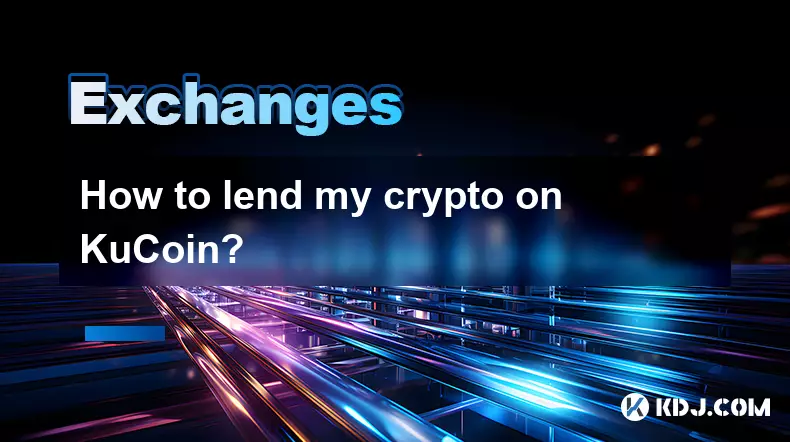
How to lend my crypto on KuCoin?
Oct 01,2025 at 03:01am
Getting Started with Crypto Lending on KuCoin1. Access your KuCoin account through the official website or mobile application. Ensure that two-factor ...
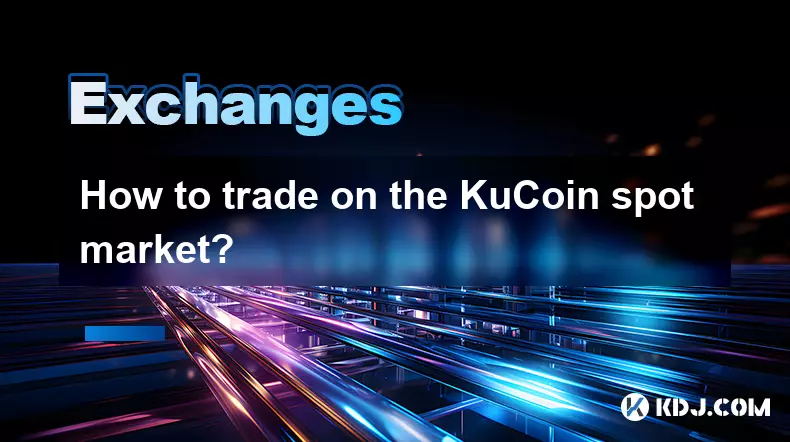
How to trade on the KuCoin spot market?
Sep 30,2025 at 11:36pm
Understanding the KuCoin Spot Market Interface1. After logging into your KuCoin account, navigate to the 'Markets' section and select 'Spot Trading.' ...
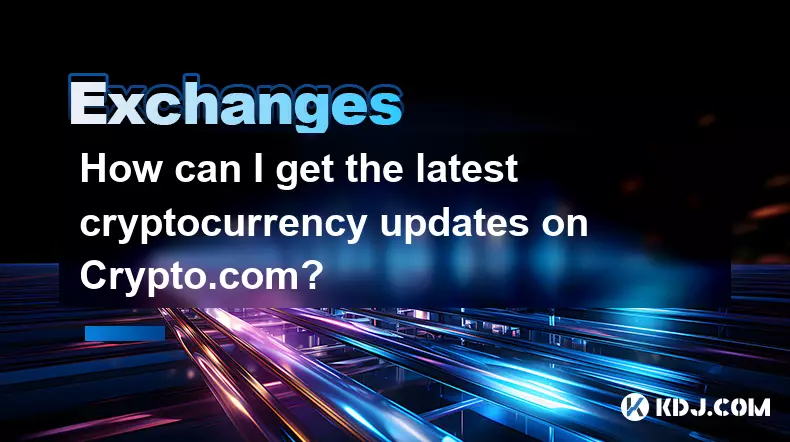
How can I get the latest cryptocurrency updates on Crypto.com?
Sep 26,2025 at 07:54am
Accessing Real-Time Crypto Market Data on Crypto.com1. Navigate to the Crypto.com website or open the mobile application to access live price charts a...

How to find the contract address for a token on KuCoin?
Sep 30,2025 at 09:00pm
Finding the Contract Address on KuCoin1. Log into your KuCoin account through the official website or mobile application. Navigate to the 'Markets' se...

How to unbind my phone number from my KuCoin account?
Oct 01,2025 at 05:00am
Understanding the Importance of Phone Number Security on KuCoin1. Maintaining control over your KuCoin account involves managing all associated contac...

How to export my KuCoin trading history for taxes?
Oct 01,2025 at 05:18am
Accessing Your KuCoin Account for Data Export1. Log in to your KuCoin account using your registered email and password. Two-factor authentication must...

How to lend my crypto on KuCoin?
Oct 01,2025 at 03:01am
Getting Started with Crypto Lending on KuCoin1. Access your KuCoin account through the official website or mobile application. Ensure that two-factor ...

How to trade on the KuCoin spot market?
Sep 30,2025 at 11:36pm
Understanding the KuCoin Spot Market Interface1. After logging into your KuCoin account, navigate to the 'Markets' section and select 'Spot Trading.' ...

How can I get the latest cryptocurrency updates on Crypto.com?
Sep 26,2025 at 07:54am
Accessing Real-Time Crypto Market Data on Crypto.com1. Navigate to the Crypto.com website or open the mobile application to access live price charts a...
See all articles

















